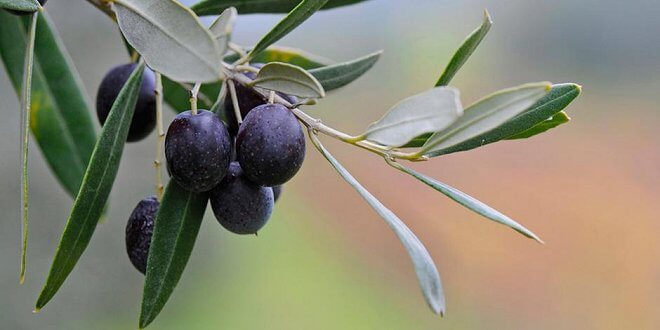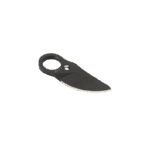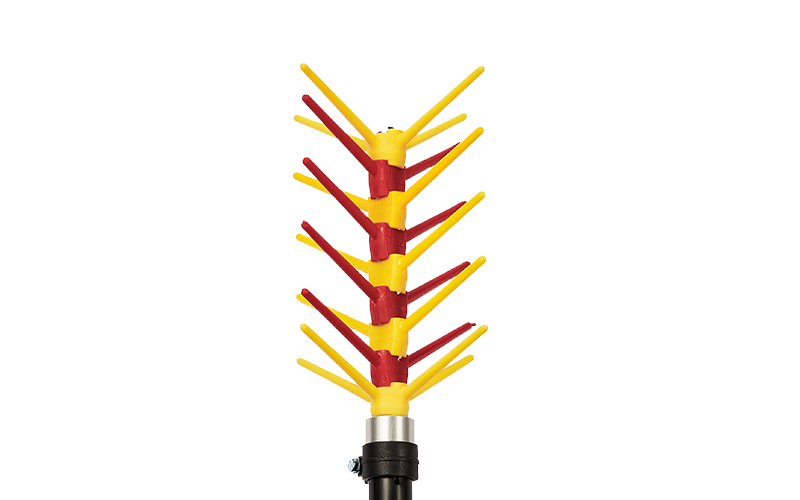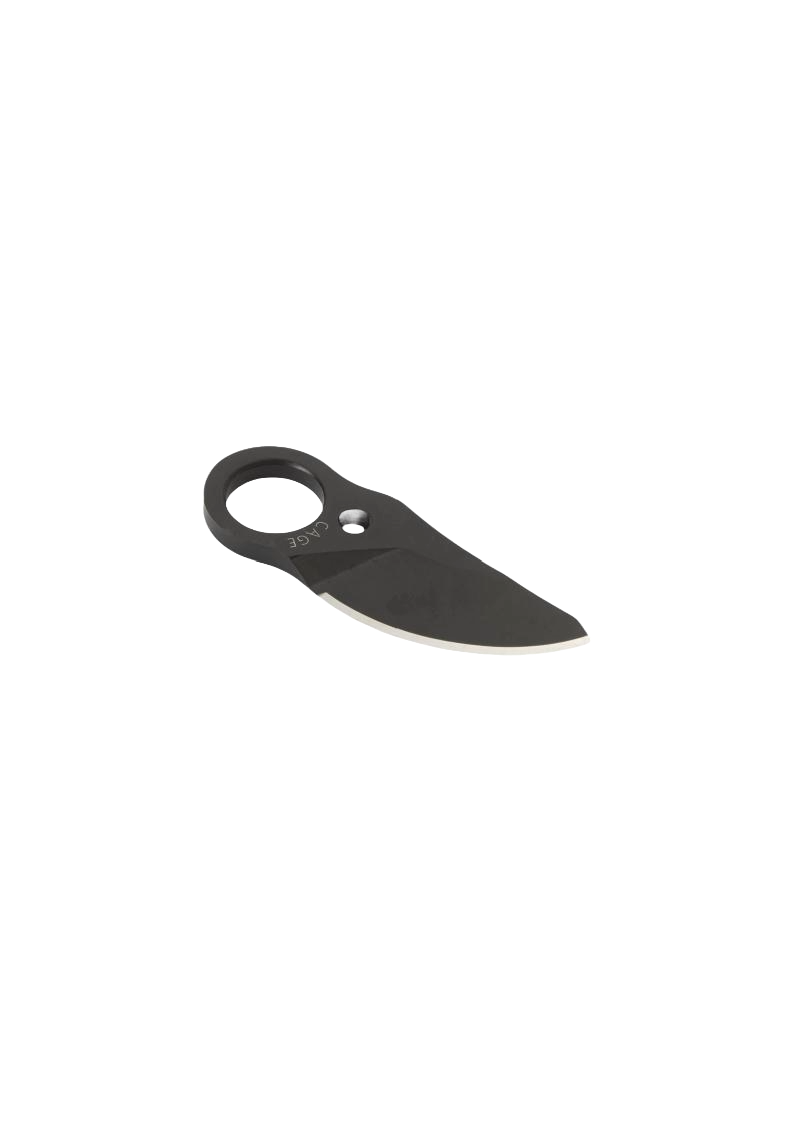November… the Month of the Olive

Olive, the tree with its blessed fruit, embracing our country… every home, every corner of it… At this time of year, if you happen to pass through areas with olive groves, you will see a frenzy of harvesting…
What you see everywhere are spread-out green nets… harvesting tools and classic rods from the older generations… the olives on the ground, ready to be bagged for the fruit processing factories and the harvesting of the oil, this precious commodity, uniquely offered to us in Greece!
“Eat oil and come in the evening”…. the old folks used to say….
If one passes by an olive oil processing factory, the smell is overwhelming; if one goes inside, things are even better, the sacks in their rows and the oil flowing, emerald green and fragrant, magical images.
Every household will manage to prepare olives for the daily table: green crushed olives, Kalamata scored olives, Neratzolies, Kolymbades, Kolymbades with vinegar, Stafidolies or alatsolies (throumbes), and many others….
Every region, every village has its own…
Usually, in households, the olives available for eating are Kalamata olives with vinegar or green olives, or purchased throumbes.
Today, I will describe how you can make “throumba” yourself, also known as “alatsolia”, which is called that because it shrivels with coarse salt (alati)!
And I say you should make it yourself, because the Throumba olive is a variety that ripens and shrivels on the tree, but here, we make and shrivel it ourselves.
Let's begin…
If you don't have your own olives, or someone to give them to you, you can find beautiful ones at the farmers' markets this season for alatsolies; for Kalamata olives, prefer medium-sized ones.
Place them in a clean pillowcase, which you will use as a bag, after washing the olives, a few at a time, adding plenty of coarse salt with each layer, and tie it up.
Estimate that for two kilograms of olives, you will need ¾ of a kilogram of coarse salt.
I use a woven basket, put the pillowcase with the olives inside, a basin underneath to drain the liquids that the olives will release every day, and I place it on the balcony in a shaded area.
On the second or third day, they will start releasing their liquids; empty them, shake them so that the top ones go to the bottom and the bottom ones come to the top!!
You will know your olives are ready when there are no more liquids in the basin, and your olives have shriveled and become alatsolies (throumbes), which is about fifteen to twenty days.
Store them with their salt in a clean glass jar or a plastic PET container, specifically for food storage, and add a little thyme, oregano, or dried rosemary for flavor. In Crete, rosemary is called arismari, and bay leaves—whatever you like…
When you want to eat them, rinse them lightly and serve them on a plate with a little olive oil and oregano.
If you have made a large quantity, you can store them by placing them in plastic bags in the freezer and taking them out about half an hour before consumption.
I think there's no better “meze” than alatsolia with raki, tsipouro, or ouzo, and a little rusks….
To your health, and good fortunes… as they say in Crete…
Or more simply…. Cheers….
Source: www.cna.gr



 Pruning Machine Spare Parts
Pruning Machine Spare Parts Spare parts Koupepe
Spare parts Koupepe Wheeled Generator Spare Parts
Wheeled Generator Spare Parts Spare parts Asteras
Spare parts Asteras Spare parts Amolivo
Spare parts Amolivo










